Chapter One: Brief History of Photography

In 1926, the public was first introduced to the process of taking photographs.
1839. A few scientists were able to create pictures for many years, but theywere limited to laboratory experiments. In 1839, France published a method ofmaking pictures on metal, called the daguerreotype. This was named afterLouis Daguerre, the inventor of this process. William Talbot, an Englishman,invented the calotype in the following year. Calotype was a method by which images were printed on paper. The dark areas of the image would appear asdark, while the lighter parts would appear as light. These were the negatives.These were the positives. Frederick Archer, two decades later would create amethod of making negatives on glass rather than Talbot's paper process. Thisenabled mass production of prints. These prints also had a higher quality andmore visible detail.
Photography was distinguished from all other forms of art by an earlycharacteristic.
The art of photography has been a dominant force since the inception of theinvention. It continues to be so today. Photographers, unlike other artists, needto be familiar with the processes that they use to create their art.
The art of painting is all about how colors are created. They are able to mixcolors to create a third. It is not difficult to paint on the canvas they use. Theprocess of creating a piece is the same for sculptors. The clay is then dried.
But few photographers are able to explain how an image appears on paper bypressing a button. They don't even have to know. Even the earliest cameraswere small and awkward. Photographers needed little technical knowledge. People were attracted to the ability to create art using a method that took littletime and required less technical skill. In the early days, there were many artistswho weren't talented enough to be painters, and this was a particular group. These failed painters were the ones who produced some of the most memorable photos of photography in its early days.
Photography was a new art form, so the early practitioners experimented a lot. Their experiments resulted in a variety of images that are still considered to beamong the finest in photography. Their work included photographing historicalmonuments and other important places for their governments. Portraits of famous and wealthy people were also done. They were used to beingphotographedbypainters. Theseearlyphotographerstookpictures ofeverything and anyone, regardless of whether they were selling or creating art.The late 1800s was the first time photography became a fully-fledged industrydominated by professionals.
Chapter One Summary

People first began taking photographs in 1839 and although initialphotography equipment was big and cumbersome, it required lesstalent than it does today.

Daguerreotype was producing photos on metal and calotype wasproducing them on paper (negatives).

As early as the 1800s, professionals began working and full timeprofessionals.
Chapter Two: Introduction to Photography as aBusiness
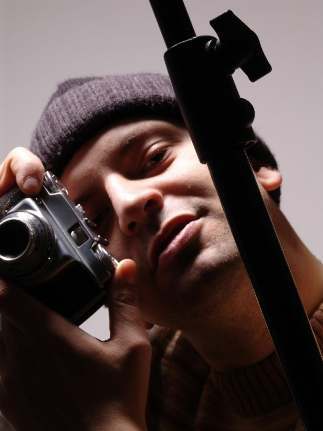
Photographers who want to make a living from their art face a major logisticalchallenge: finding clients willing to pay. It is not expensive to buy film,develop the film and own a camera as a professional venture. The availabilityof disposable cameras has made it possible to purchase film without having topay. Now, however, this is no longer necessary due to the accessibility ofdigital cameras for the general public. This new development has almosteliminated the need to purchase film for developing photos.
Photography can be a profession, and a business. It is possible to specialize in a few areas that are not feasible for clients to produce their own photos. Clientswho are involved in photography businesses will often need to have a varietyof photos that they can't supply. The majority of people who are not in thebusiness of photography will need to have the photos taken for them at anevent.
Chapter Two Summary


Finding clients isnt necessarily easy but it is doable.
Specializing in one or more fields is a great way to gain clientsand become a successful photographer.
Chapter Three: Going Professional
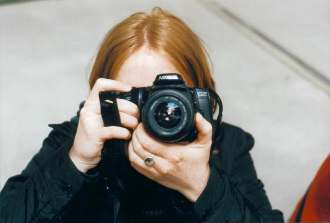
Photography has been a lucrative business field for years. Although few people are aware of this fact, many have made it a point to create a saturated marketwith professional photographers. With the advent of digital cameras, theinternet and increased interest in photography as a profession, more people aretrying to make it a career. If you do it right, however, there are good chancesof making a decent living from photography. Newspapers and magazinespurchase over 60 million photos each year.
Many of these photos were taken by professionals who are well-known in theindustry. However, this does not mean that there is no room for novices whoare passionate about photography or are ready to specialize.
Getting Started
When deciding how you want to get into the business of photography, thereare three main considerations. To be a better photographer, you must firstconsider whether or not you would benefit from additional training. The secondstep is to decide what type of photography you want to specialize in. The thirdthing you should consider is whether you are a hobby photographer who makesa small income, a professional photographer who runs your own business orsomethingelse. Thisquestion willhavesignificanttax andfinancial implications.
Photography Training
Photography is different than other art forms like painting and sculpting in thatanyone can take pictures. You just need to know where the button is locatedon your camera. To make pictures attractive to the eye, lighting is an importantconsideration. The burden of lighting is now taken care of by digital andautomatic cameras.
The artistic realm is where photography education can be most useful. This isfor those who use photographs as decor or art. This arena requires pictures ofa different quality than pictures that are taken to accompany a magazine articleor newspaper story. The pictures are meant to illustrate a point and not standalone. You might benefit from photography classes and photography classes if your goal is to be a photographer, or to have your photos displayed in artgalleries.
If you don't intend to do this, you might be better off spending the money youhave paid for photography school to buy film and equipment. You can alsolearn how to improve the quality and quantity of your pictures simply by takingmore pictures. Most professional photographers learn their craft by doing itthemselves, with no formal training. You can also learn from an experiencedphotographer by becoming an apprentice or working part-time in a studio.It doesn't matter if you are interested in classroom education and would ratherdo it before you consider yourself a professional. Nearly every town and cityin America has a community college that offers classes in photography and art. Another option is to


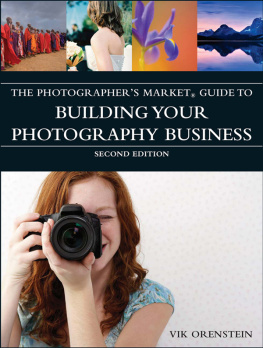
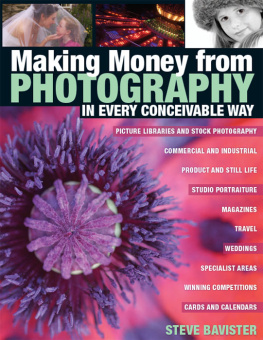
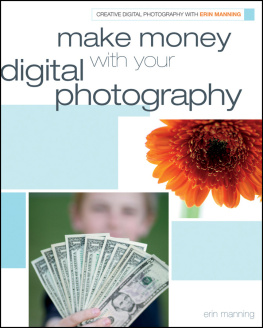

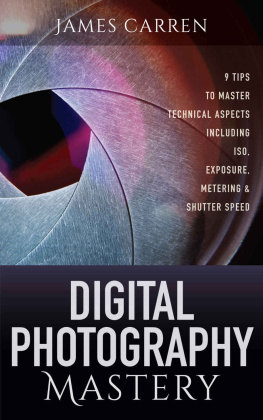
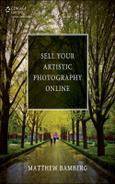
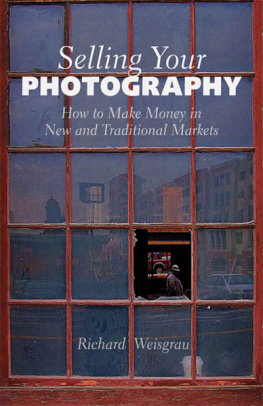



 In 1926, the public was first introduced to the process of taking photographs.
In 1926, the public was first introduced to the process of taking photographs. 

